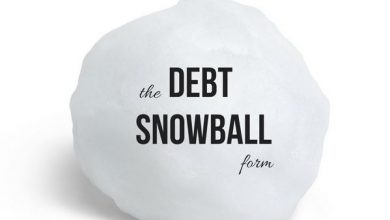“Try and Hold” Credit Investing

Many long-term credit investors may refer to their mandates as taking a “buy and hold” approach, in which investors buy bonds on a regular basis and hold on to them without exception until they either mature or default.
The long-term return on such a strategy can be measured and analyzed in terms of the bonds’ yields upon purchase (book yield) and the realized default experience.
In real life, however, the majority of these investors do not actually follow this strategy. They may well buy bonds with the intention of holding them to maturity, but when credit deterioration strikes, they are often forced to sell the bonds at a loss well in advance of any possible default event. In so doing, they may prevent larger losses due to default, but they must record realized losses upon the sale of the bond.
Investors in this situation do not necessarily view the risk/return trade-off of different asset classes using the same metrics as mark-to-market total return investors, who carefully measure month-over-month portfolio total returns and compare them with those of a benchmark. However, their performance considerations are also quite different from those described for the pure buy-and-hold case. The primary loss event in this case is not default but forced sales of degraded credits.
We refer to this paradigm—in which investors buy bonds for the long term but may be forced to sell them upon some trigger event—as “try and hold” investing. In this chapter, we develop a framework for analyzing risk and return in such portfolios.
Our analysis of risk in long-horizon portfolios relies on long-term estimates of both the likelihood of adverse credit events and the severity of the accompanying losses. Probabilities of defaults and downgrades are estimated based on data collected and published by rating agencies. To estimate 266 CAPITALIZING ON INDEX INEFFICIENCIES the realized losses upon a given downgrade event, we use the differential between the average spreads for bonds of different ratings. For investors forced to sell “fallen angel” bonds as they cross the boundary from investment grade (IG) to high yield (HY), we add an additional performance penalty to reflect the selling pressure typical in such situations, as demonstrated in Chapter 2.
We then examine the extent to which both types of estimates should be conditioned on the current spread environment. We find that higher spreads are indicative of higher probabilities of downgrades and defaults over a horizon of about two years.
They are also accompanied by greater losses in case of forced sales, due to larger spread differentials between ratings categories. These effects are mitigated by the higher spreads themselves, which generate greater returns for bonds that are held to maturity, and by the tendency of spreads to mean revert toward their long-term averages over a time frame of about two years.
The result of our analysis is a model for the return distribution of a corporate bond over a long horizon (e.g., five years) that depends on the current spread environment and the stated sell discipline for handling distressed securities., we present the basic elements of the model and supporting empirical research and show examples of the model’s output for a single bond given different assumptions concerning credit ratings, spread levels, transition matrices, and sell disciplines.




